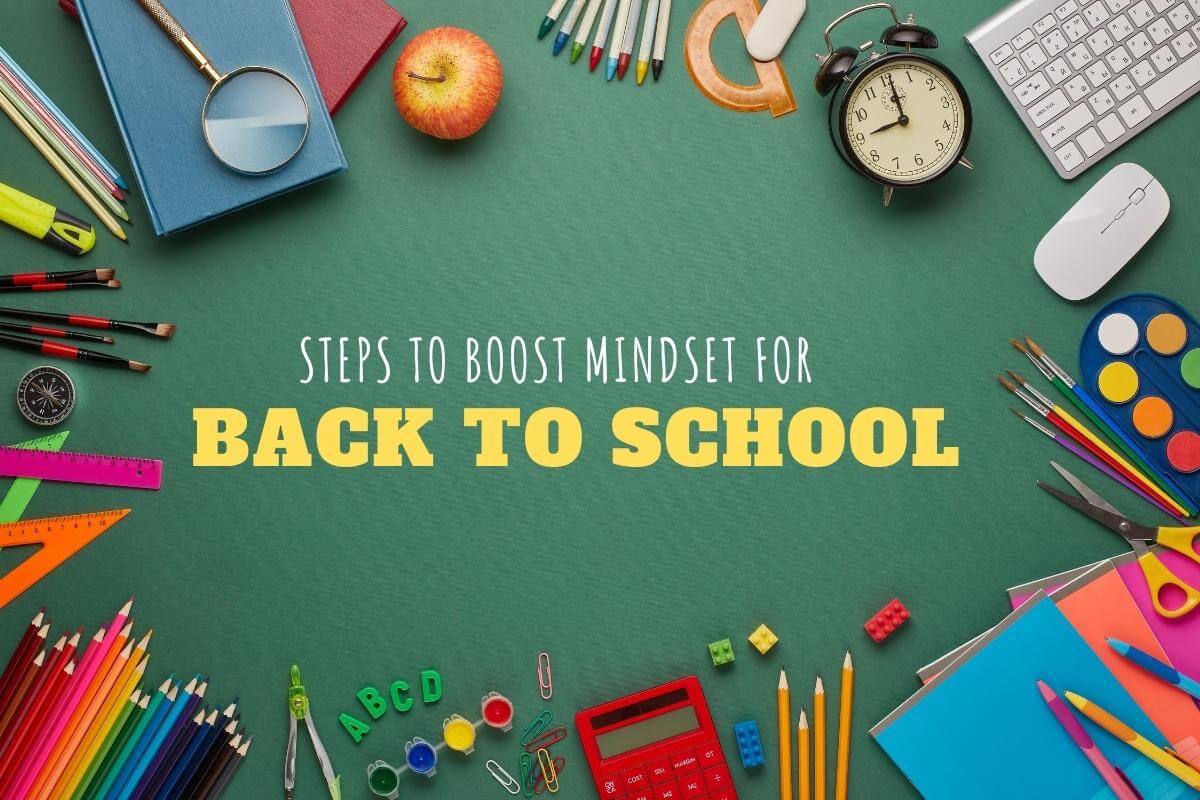As the back-to-school season rolls around, it’s important to help your children gear up for success. A positive mindset is crucial for dealing with the challenges of school and life. By following three simple steps, you can help your children stay focused and motivated to go back to school. First, remind your child that transitions […]





